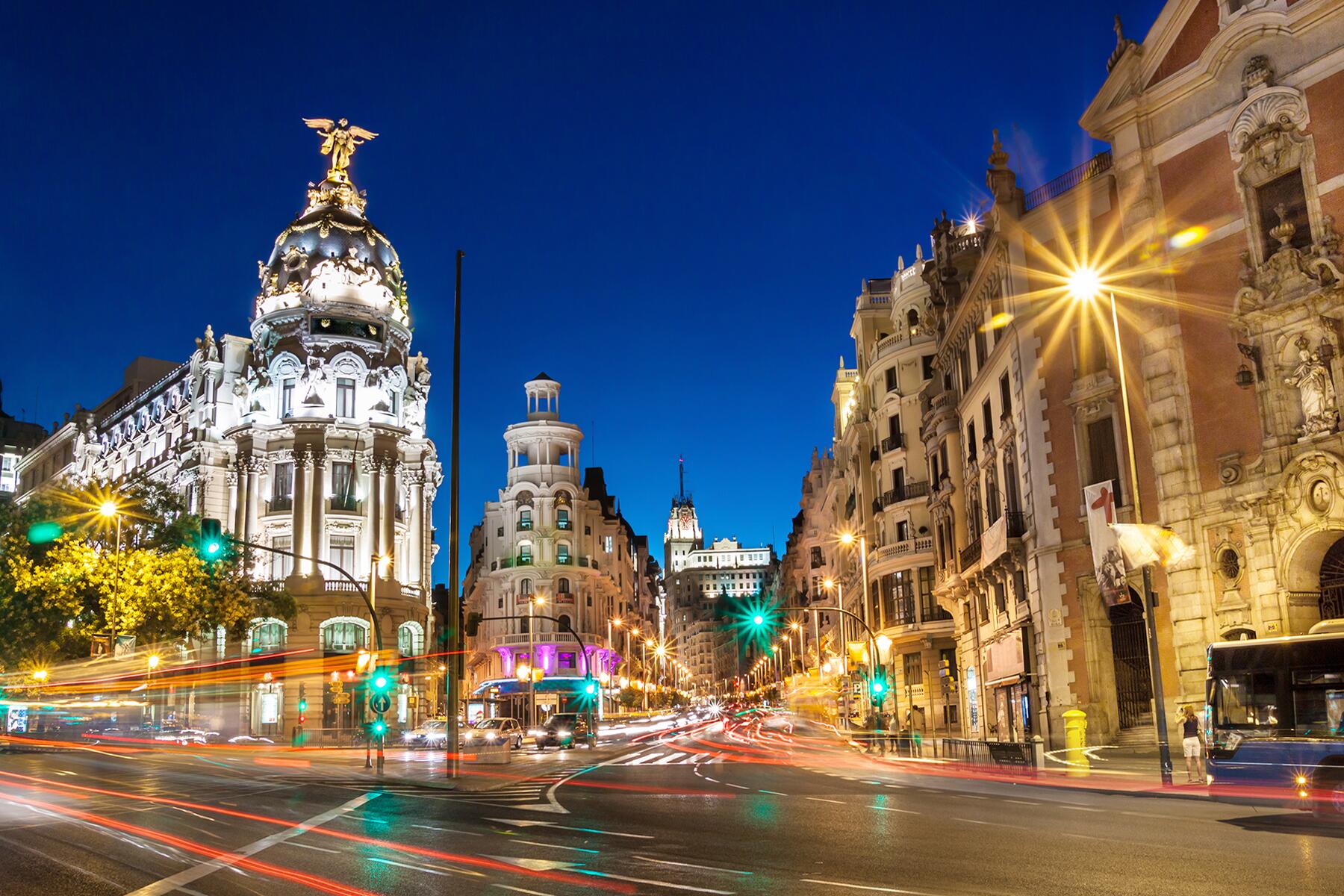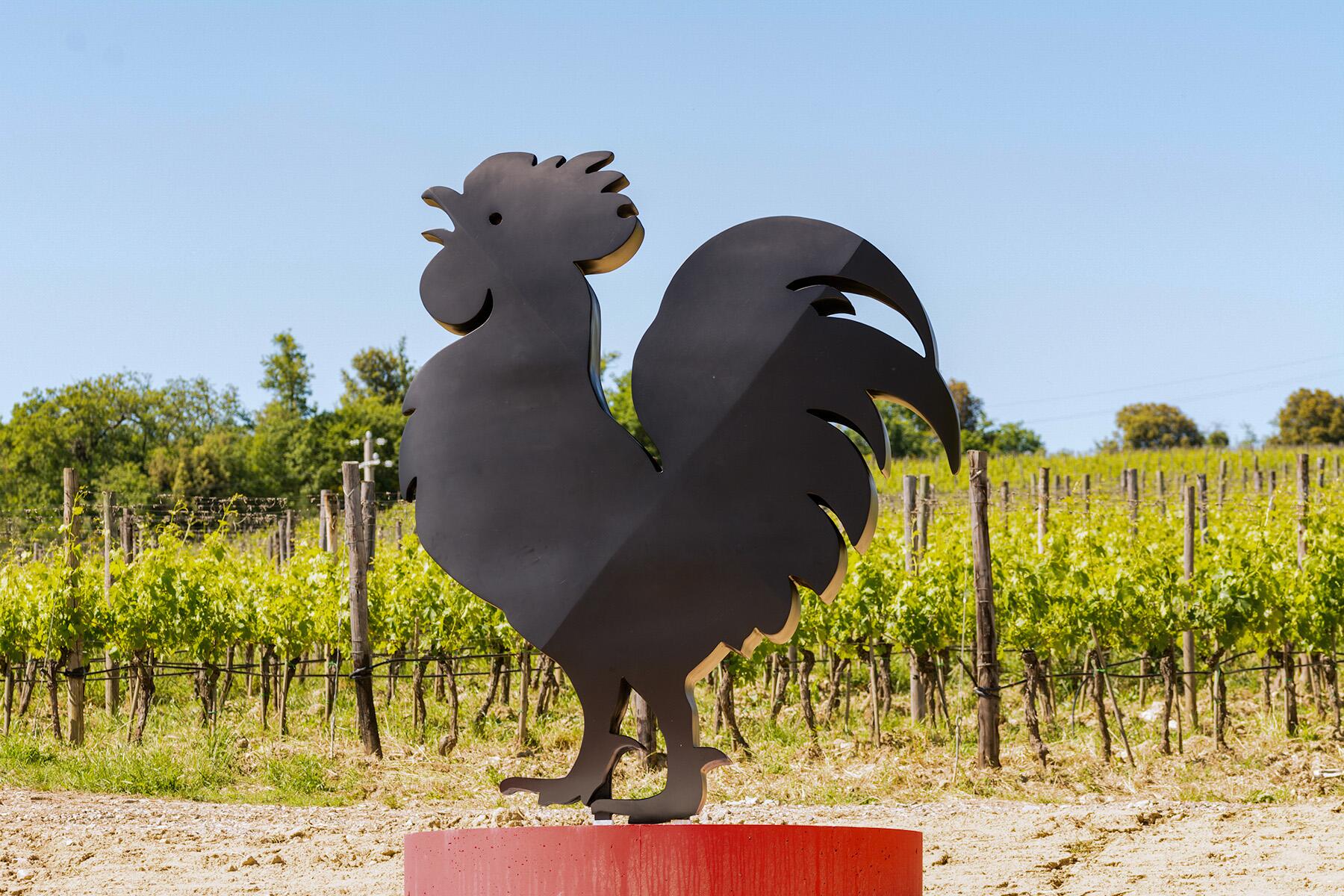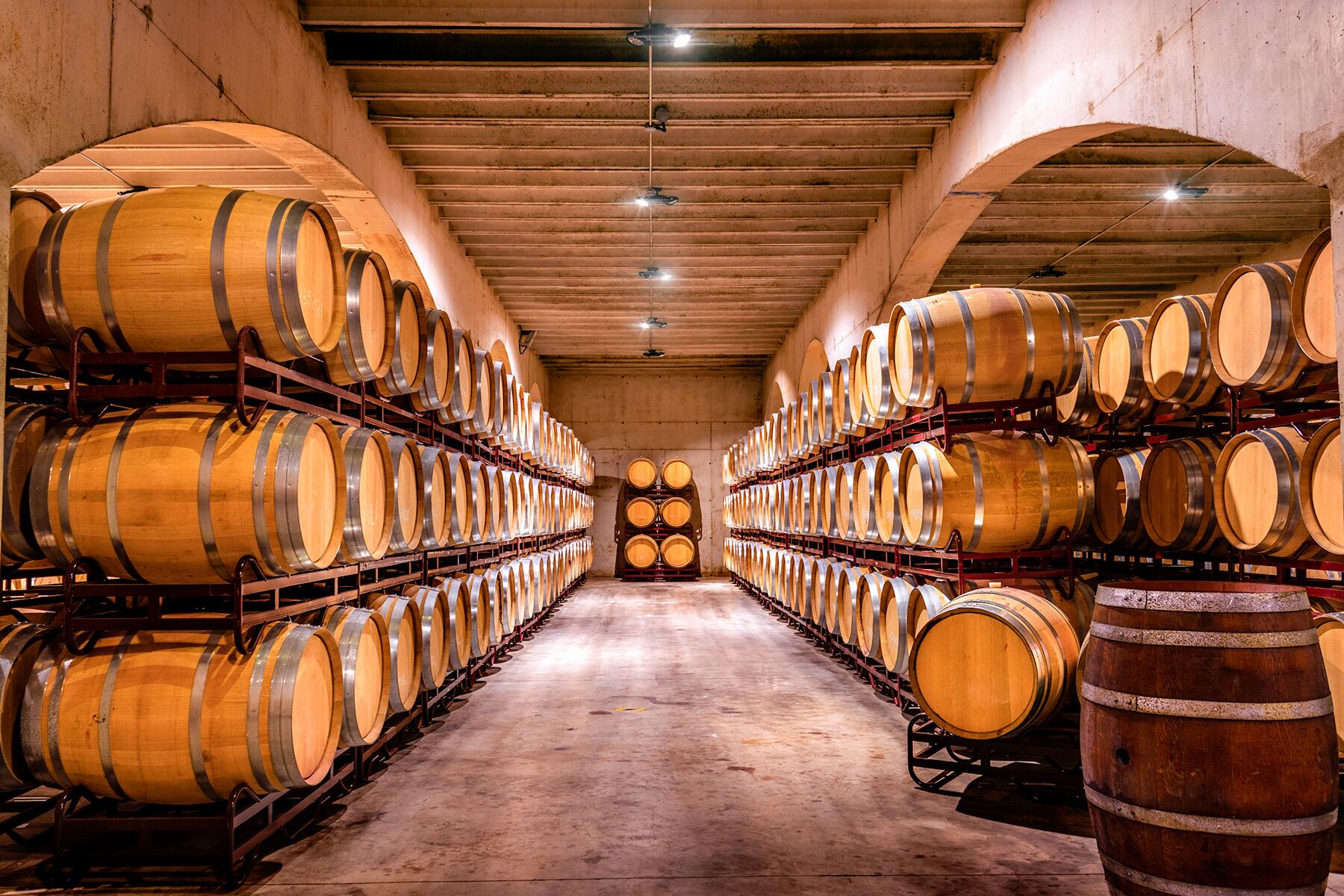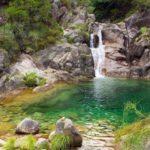There’s no better vacation than touring the countryside, ogling magnificent medieval architecture, and sipping wine.
At the northwestern tip of Portugal, a long way from the packed beaches and sports bars of the Algarve or the trendy capital Lisbon, the Minho region is home to some of the country’s most gorgeous topography—green hills, fruit and olive groves, rushing rivers, rugged mountains, and cascading waterfalls. Happily for wine lovers, it’s also perfect terrain for grape cultivation, and its abundant vineyards produce one of Portugal’s best-loved wines, vinho verde. Light in taste and alcohol content (it hovers around 9-10 percent ABV), it’s perfect for daytime sipping.
INSIDER TIPThe name translates as “green wine,” a reference to the young, fresh taste, rather than the color of the wine itself. Many people are unaware that it comes in red and rosé varieties as well as the more famous white.
The Minho region made it onto the Fodor’s Go List 2017, and there’s no better way to explore the breathtakingly beautiful part of the country than by following the established Vinho Verde route, which takes in some of the most ancient towns and cities in Portugal, as well as some of the most dazzling scenery, delicious local dishes, extremely hospitable people and, of course, deliciously drinkable wines. Whether you choose to set your own itinerary or take an organized tour, following the Vinho Verde route is a rewarding way to explore this under-the-radar part of Portugal. Cheers!





